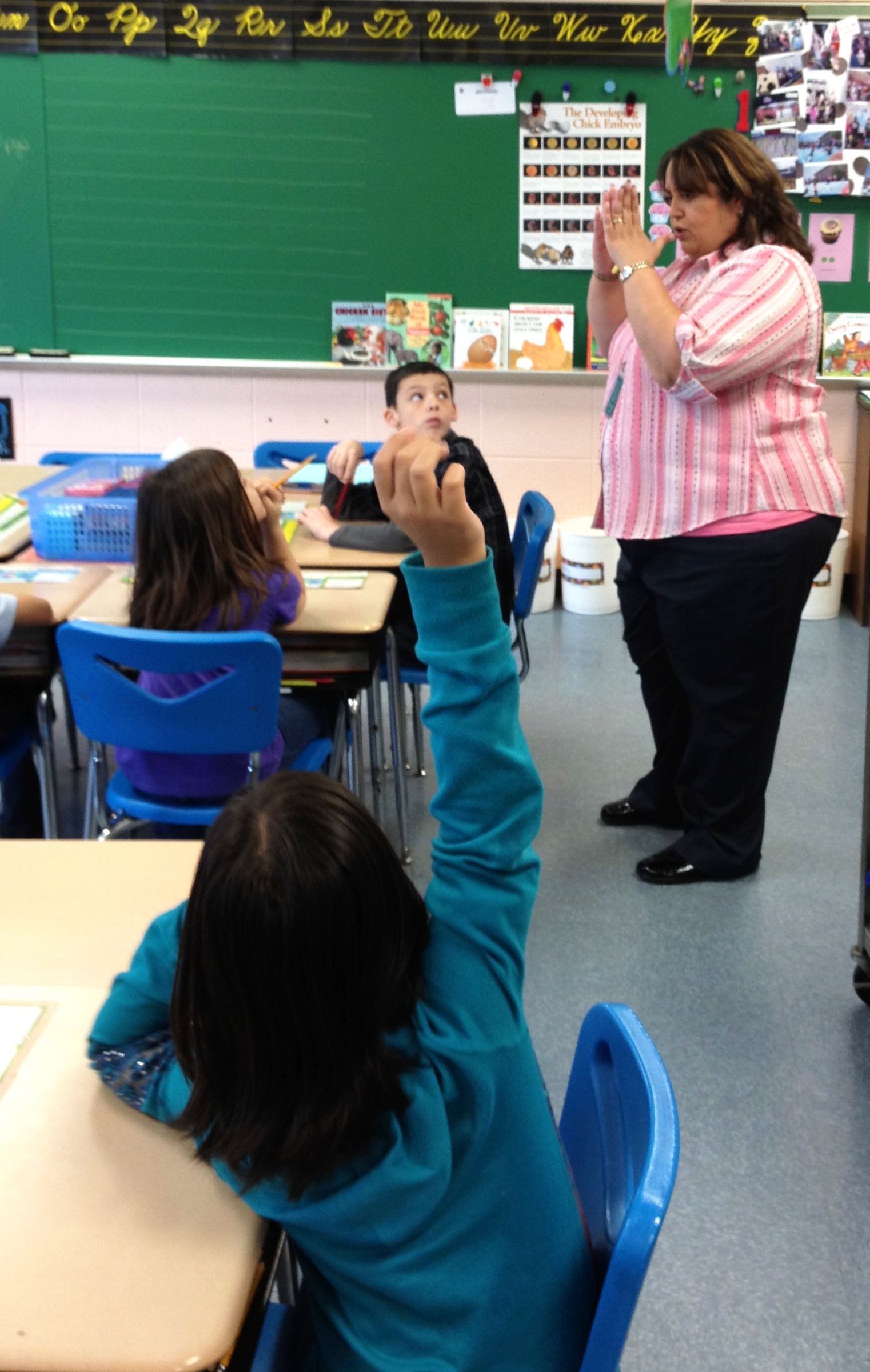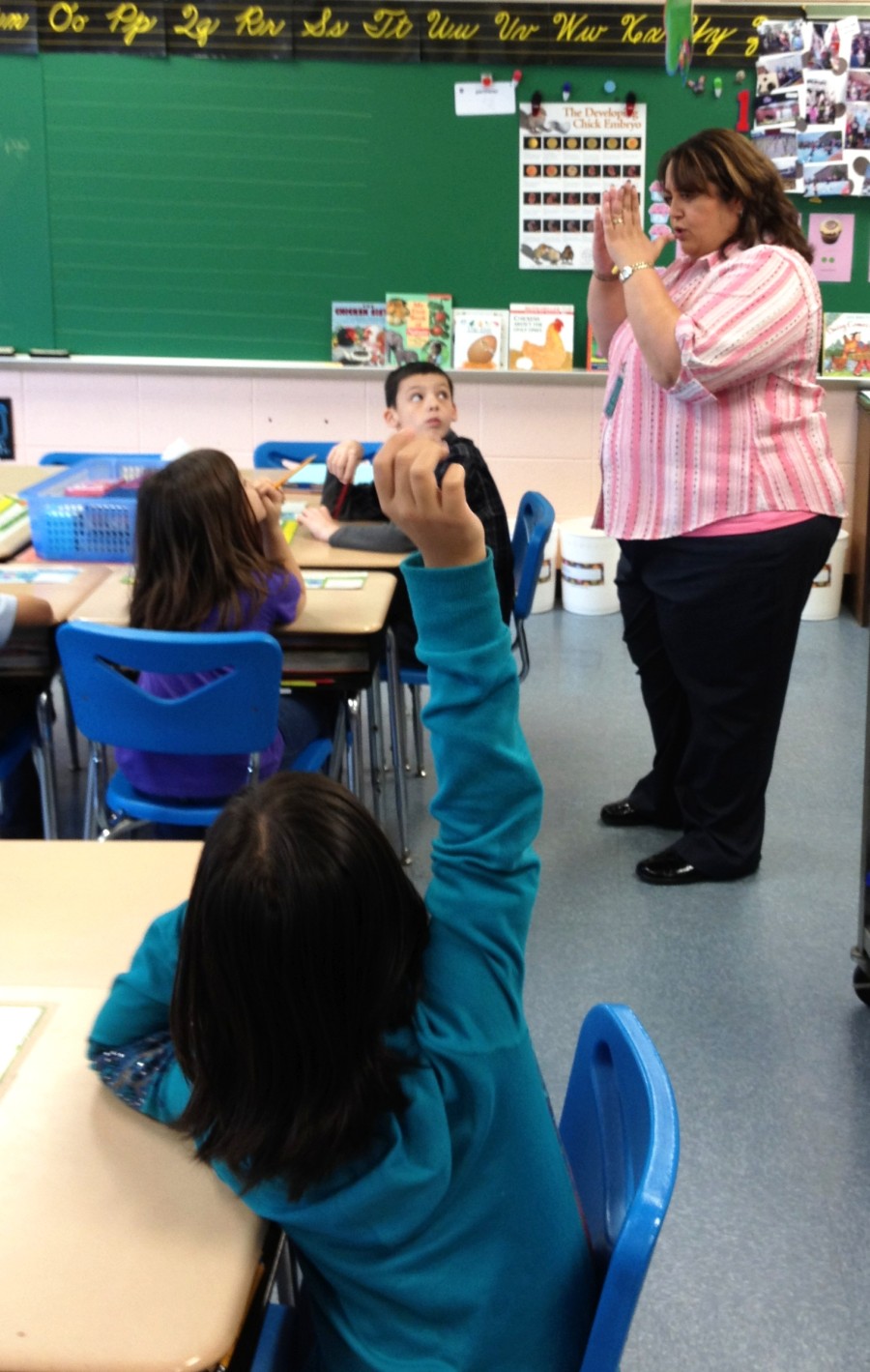The death of cursive writing
By By Steve Walsh

The death of cursive writing
By By Steve WalshYolanda Macias is fighting to keep penmanship lessons a part of her classroom.
“I love teaching cursive writing,” Macias said. “To me it’s important and I try to fit it in somehow. Sometimes we just introduce the letter and they practice it for homework because there just isn’t all that much time anymore to do it. And more and more we don’t have time.”
Macias teaches third grade in a school outside of Gary, Ind. Her students can’t learn enough about swirling S’s and looping G’s. New curriculum standards and an increasingly digital world are squeezing cursive writing out of elementary schools.

“I’ve never had particularly good penmanship and I remember in the third grade when I was learning, coming home in tears some days and thinking that I’m never going to learn this and that there was something wrong with me,” Beck said.
Beck wrote a piece for the online journal The Morning News praising Indiana and other states for dropping penmanship. Beck pointed out that, like most adults, he almost never uses cursive, beyond signing his signature.
Dr. Karin James says learning cursive does more than teach kids how to sign their name.
“It requires a lot of practice and kids really have to work at it,” James said. “It’s a fine motor skill and that in itself may be what so important about it.”
James is neuroscientist at Indiana University. She used imaging technology to study the brains of pre-school age children who are learning to read. She said something happens when a child writes by hand.
“Their brains start to react to letters is if they can read,” James said. “You don’t see that if you have them type letters or look at letters. What we think is going on is the brain is being primed and ready to read.”
James believes there may be a similar tie between older students learning cursive and increased reading comprehension. She asked a group of college students to memorize a paragraph and found students who wrote the paragraph in cursive retained more information a week later, over those who typed or even printed the same passage.
